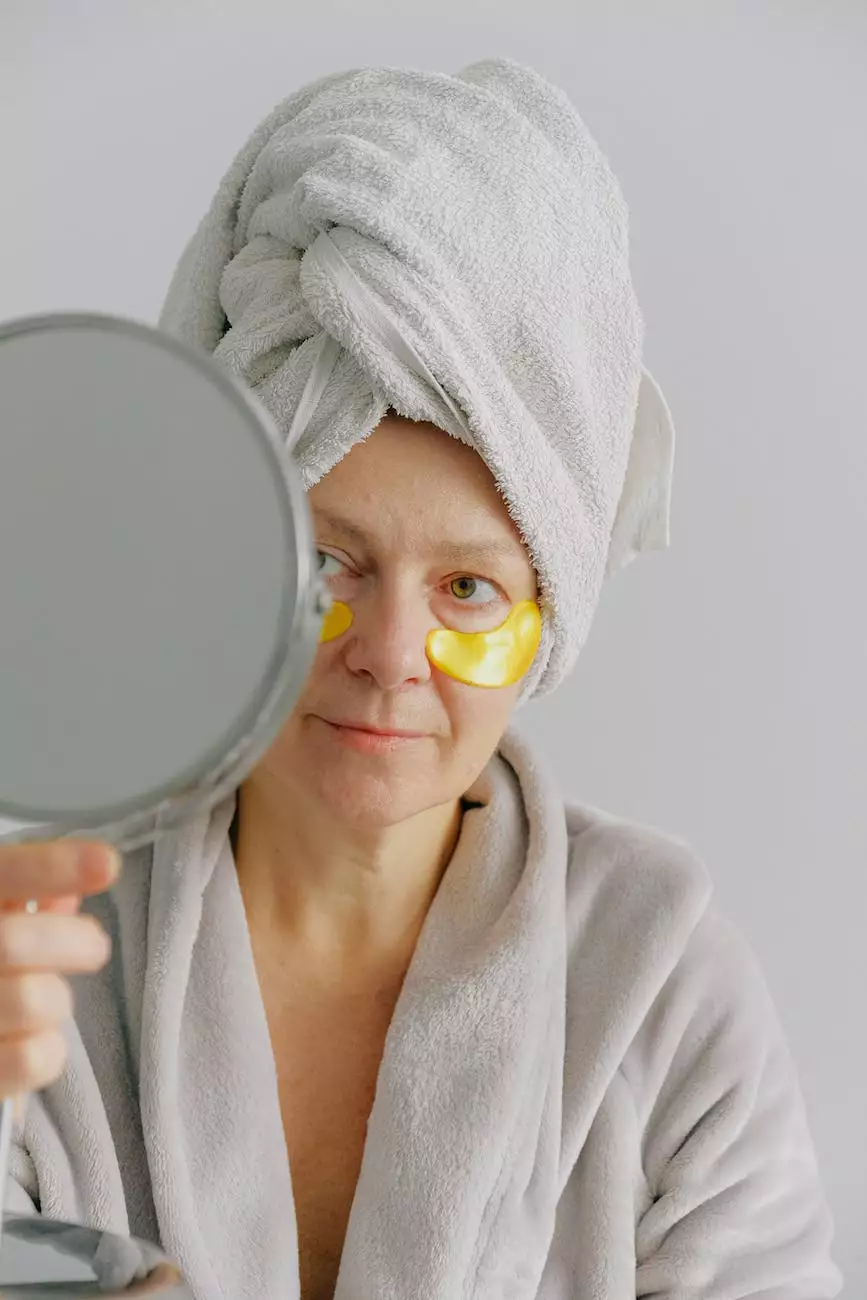Dr. Darst Guide to Treating Dry Skin - Charlotte
Blog
Welcome to Greater Carolinas Womens Center, where we strive to provide you with the best resources and information to help you take care of your skin. In this guide, Dr. Darst will take you through the various methods and techniques to effectively treat dry skin, giving you the knowledge and tools to achieve healthy, moisturized skin.
Understanding Dry Skin
Dry skin is a common condition that affects many individuals, causing discomfort and sometimes leading to more severe problems. It is essential to understand the root causes and symptoms of dry skin before delving into proper treatment methods.
Causes of Dry Skin
Several factors can contribute to dry skin, including:
- Climate: Dry and cold weather can strip the skin of its natural moisture, leading to dryness.
- Harsh Soaps or Cleansers: Using products that are too harsh or contain chemicals can disrupt the skin's natural balance and result in dryness.
- Aging: As we age, our skin produces less oil, making it more prone to dryness.
- Medical Conditions: Certain medical conditions like eczema or psoriasis can cause dry skin.
Symptoms of Dry Skin
Dry skin can present with various signs and symptoms, including:
- Tightness or a feeling of skin pulling.
- Flaky or rough skin texture.
- Irritation or redness.
- Itching or discomfort.
- Fine lines or cracks.
Treating Dry Skin: Tips and Techniques
Now that we have a better understanding of dry skin, let's explore some effective methods for treatment:
1. Hydrate from Within
One of the most crucial steps in combating dry skin is to ensure proper hydration from within. Drinking an adequate amount of water throughout the day can help keep your skin hydrated and improve its overall health.
2. Moisturize Regularly
A key aspect of treating dry skin is consistent moisturization. Look for moisturizers that contain ingredients such as hyaluronic acid, glycerin, or ceramides, as these help lock in moisture and restore the skin's natural barrier. Apply moisturizer after bathing to seal in moisture.
3. Avoid Hot Showers
While hot showers may feel relaxing, they can strip your skin of its natural oils, leading to increased dryness. Opt for lukewarm water and limit your shower or bath time to prevent further moisture loss.
4. Use Gentle Cleansers
Harsh soaps and cleansers can be detrimental to dry skin. Choose gentle, fragrance-free cleansers that do not contain harsh chemicals, sulfates, or alcohol. These cleansers maintain the skin's natural moisture balance and prevent irritation.
5. Humidify Your Environment
During dry weather or winter months, the air inside your home can become dry, contributing to dry skin. Using a humidifier can add moisture back into the air, benefiting your skin's health.
6. Protect Your Skin from the Elements
Extreme weather conditions, such as cold winds or excessive sun exposure, can worsen dry skin. Take measures to protect your skin by wearing appropriate clothing, using sunscreen, and using a lip balm to prevent chapping.
7. Consult a Dermatologist
If your dry skin persists or becomes severe, it is advisable to consult a dermatologist. They can evaluate your skin condition, provide an accurate diagnosis, and recommend suitable treatment options tailored to your specific needs.
Conclusion
By following these tips and techniques outlined in Dr. Darst's guide to treating dry skin, you can effectively manage and alleviate the discomfort associated with dry skin. Remember that consistency is key, and with time, you can achieve healthy, moisturized skin.
At Greater Carolinas Womens Center, we prioritize your skin health and are here to support you in your journey towards radiant, hydrated skin. Reach out to us today for personalized skincare advice and solutions.




